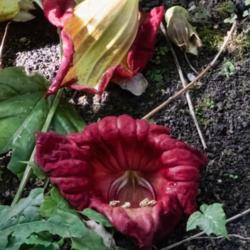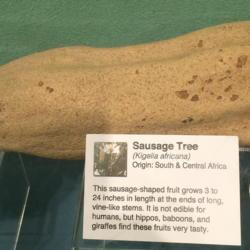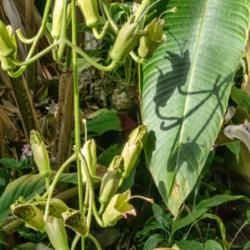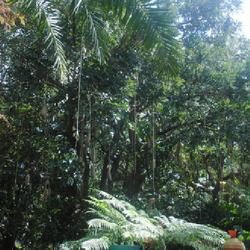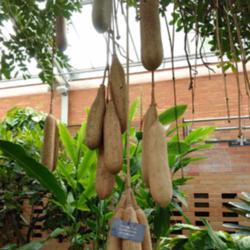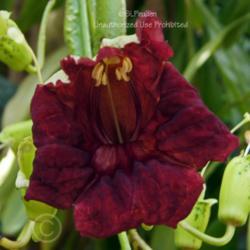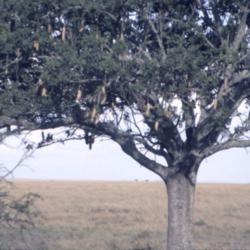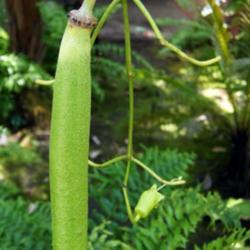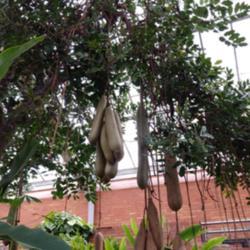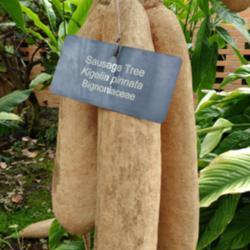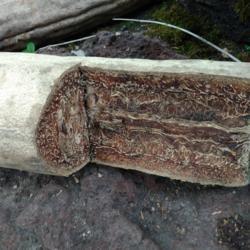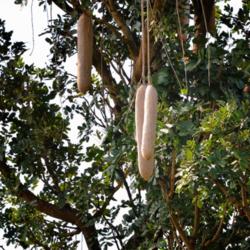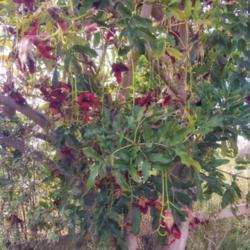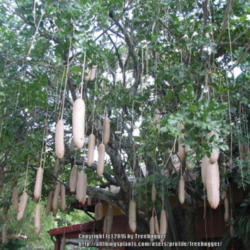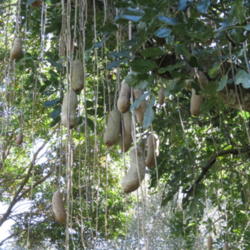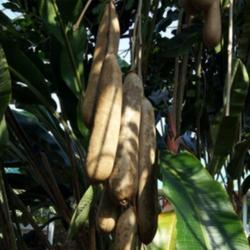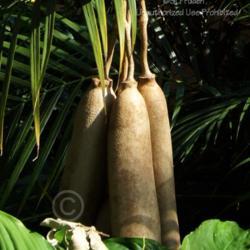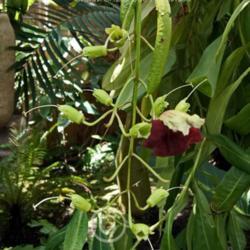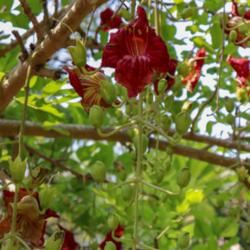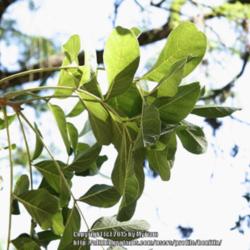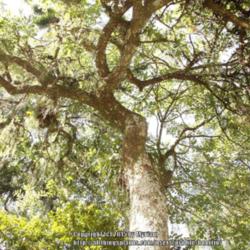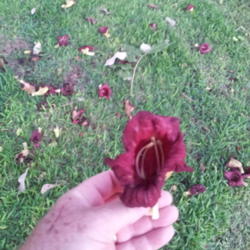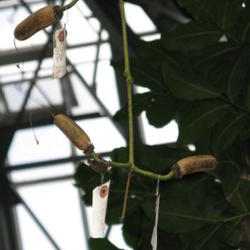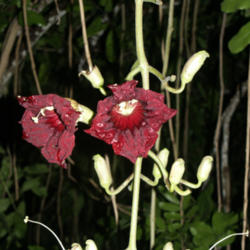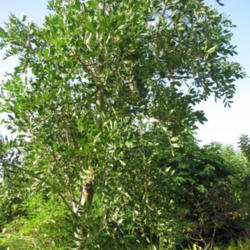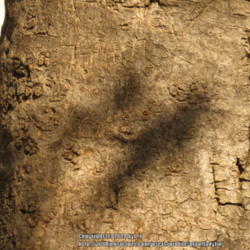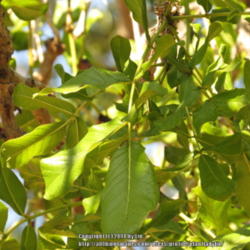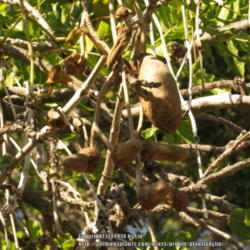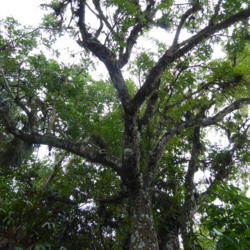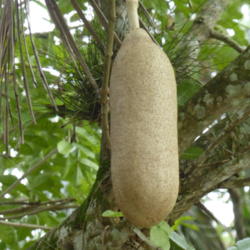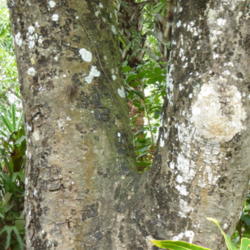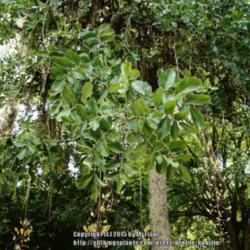| Plant Habit: | Tree |
| Life cycle: | Perennial |
| Sun Requirements: | Full Sun |
| Water Preferences: | Mesic |
| Minimum cold hardiness: | Zone 10a -1.1 °C (30 °F) to +1.7 °C (35 °F) |
| Maximum recommended zone: | Zone 12 |
| Plant Height: | 30 to 60 feet |
| Plant Spread: | 50 to 75 feet |
| Leaves: | Evergreen Deciduous |
| Fruit: | Showy Edible to birds Other: Up to 2 feet long, sausage-shaped fruit can weigh up to 20 pounds; containing numerous seeds |
| Flowers: | Showy Malodorous Nocturnal Blooms on old wood |
| Flower Color: | Red |
| Bloom Size: | 3"-4" |
| Uses: | Erosion control Shade Tree Flowering Tree Medicinal Herb |
| Edible Parts: | Leaves Seeds or Nuts Fruit |
| Eating Methods: | Cooked |
| Resistances: | Drought tolerant |
| Toxicity: | Fruit is poisonous Other: Raw fruit is poisonous, but it can be eaten if properly prepared |
| Pollinators: | Bats Various insects |
